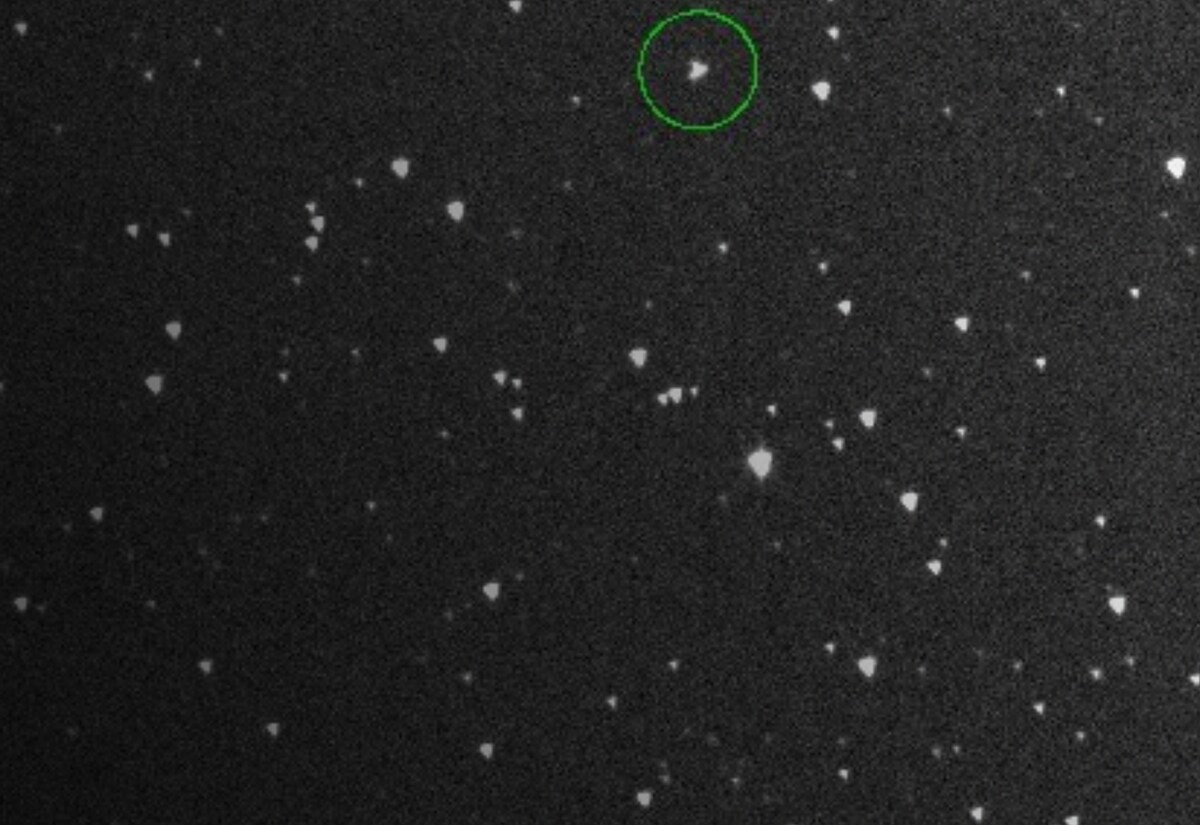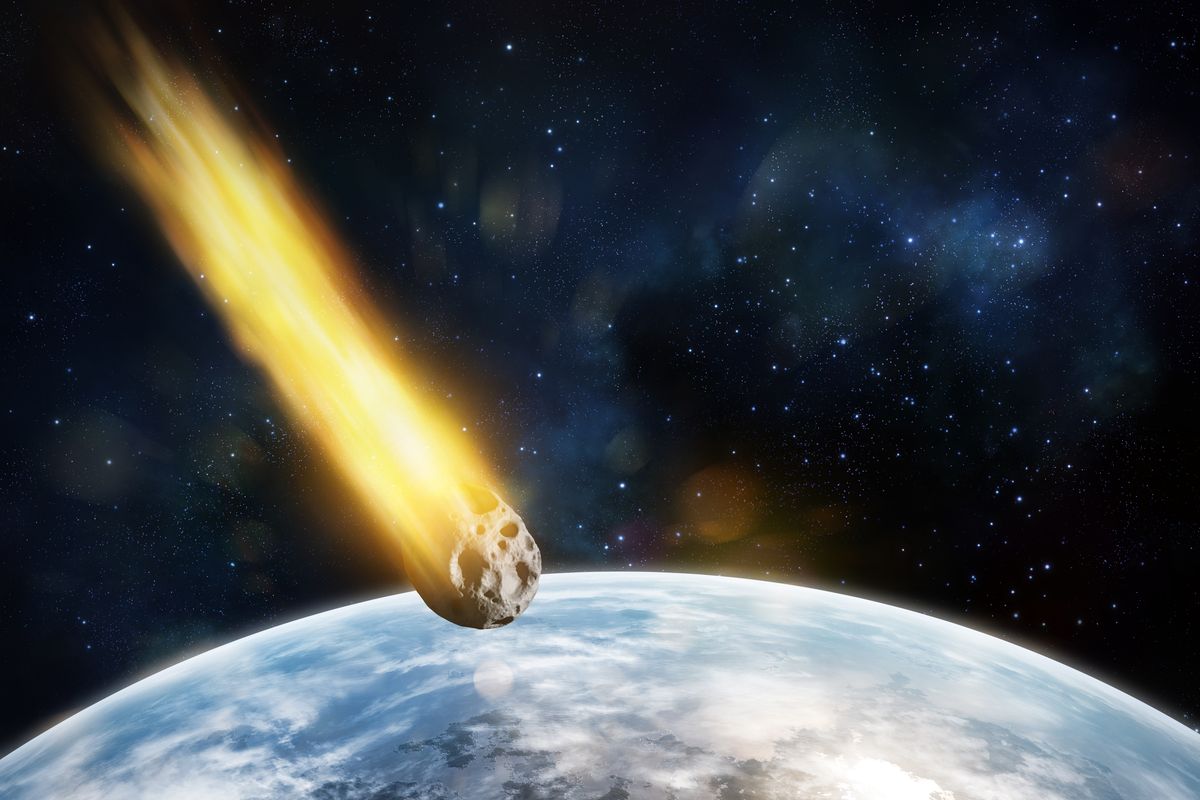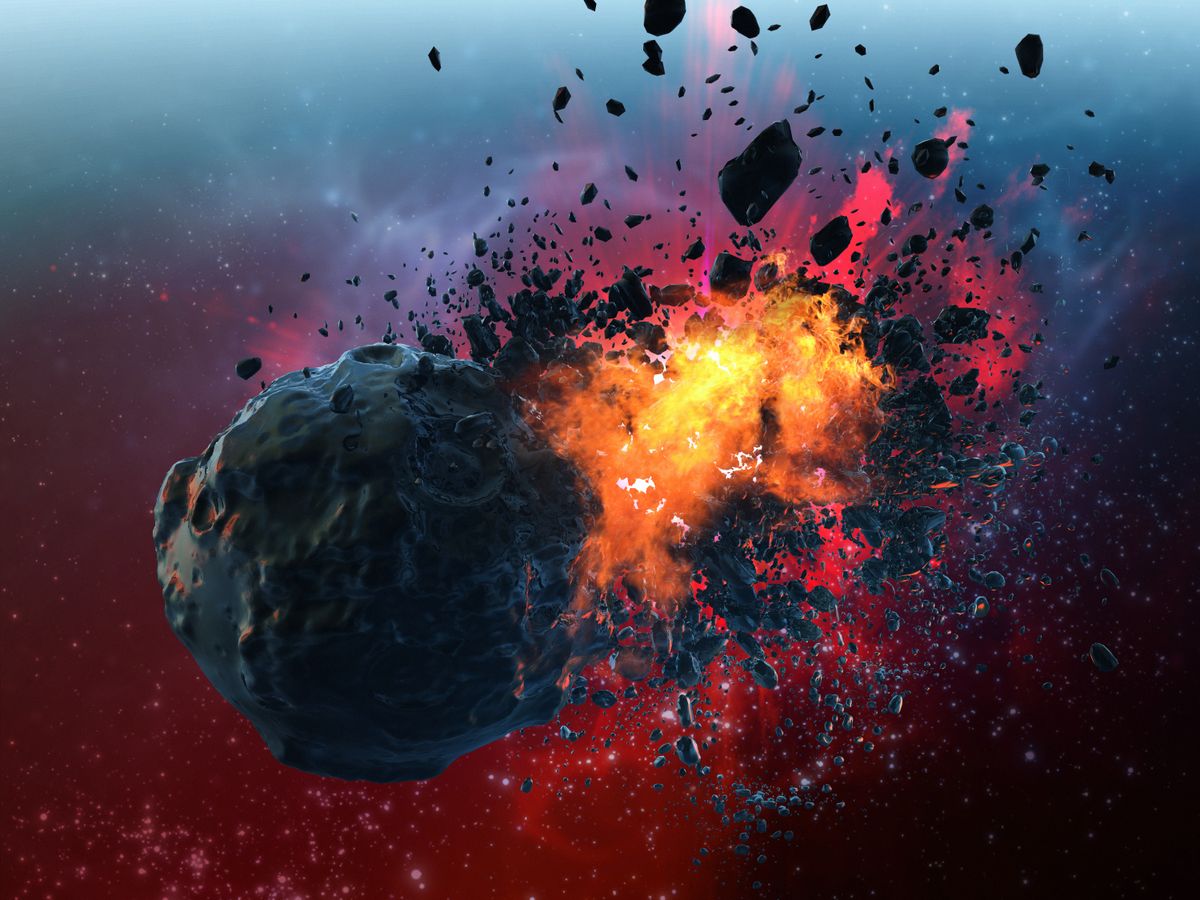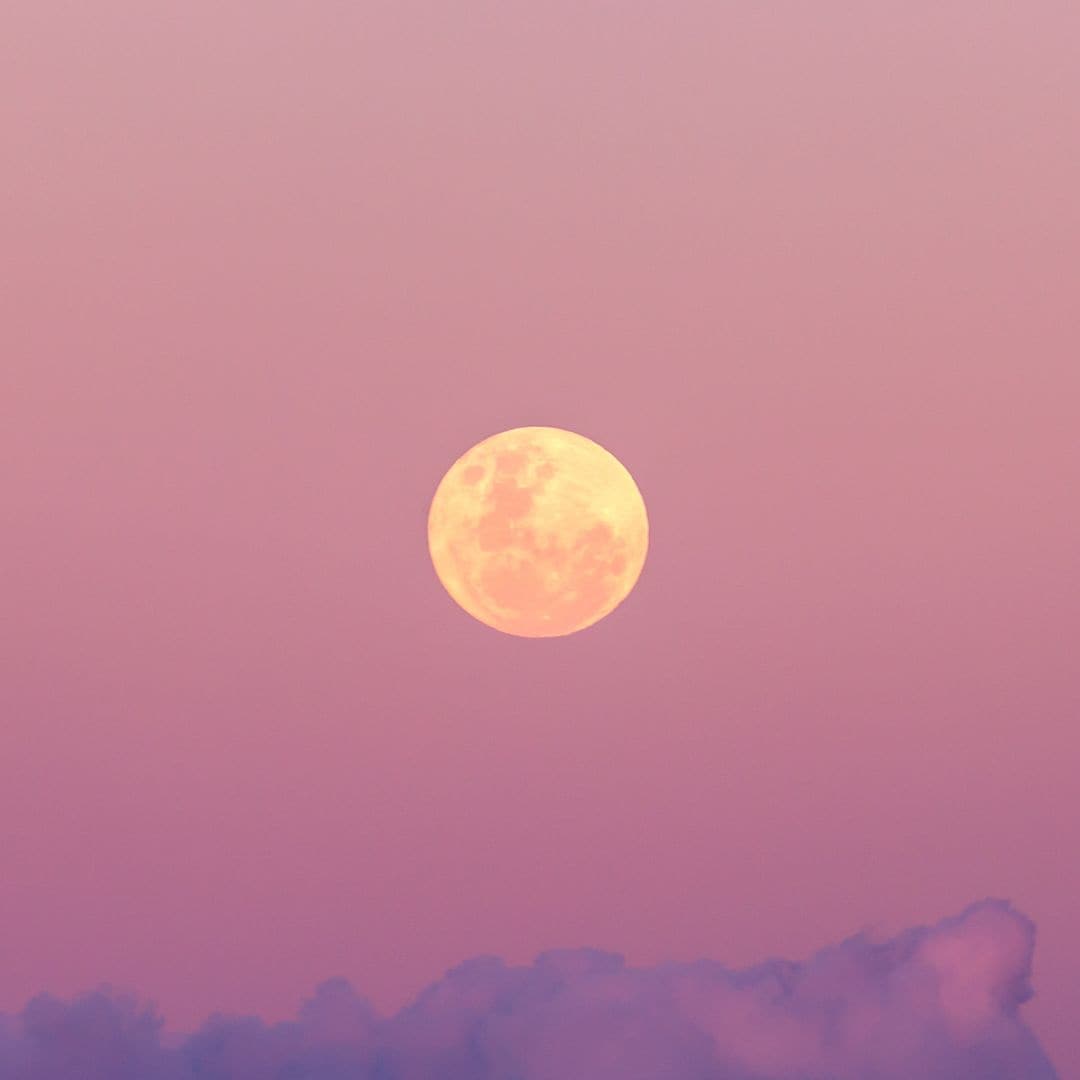Here's a fun little nugget of existential dread for you: an asteroid charmingly named 2024 YR4 might smack into Earth on December 22, 2032. Just when we'd be winding down the holiday chaos, the universe might decide to throw a rock at us.
Now, all jokes aside, before we all start panic-ordering bunkers on Amazon, NASA says the chances of this actually happening are "extremely low." But here's where things get interesting: that probability has been creeping up. When they first spotted this cosmic visitor back in late December 2024, they gave it a 1.2% chance of impact. Now, it's 2.3%, or about 1 in 43. It's still tiny, but that's nearly doubled in just a few weeks.
For context, NASA said there aren't any other large asteroids with more than a 1% chance of hitting us. So yeah, 2024 YR4 is currently holding the heavyweight belt for "most likely to ruin everyone's day in 2032."
The rock itself is estimated to be between 130 and 300 feet across. If it did hit, it would be moving at about 38,000 mph, which, to put it lightly, would be a bad time. That's fast enough to cause significant local damage—think flattened cities—but it's not quite an extinction-level event. So, humanity as a whole would probably be fine, though the unlucky spot where it landed? Not so much.
The Asteroid Terrestrial-impact Last Alert System (ATLAS) first detected the asteroid in Chile on December 27, 2024. Since then, researchers have been tracking its orbit with ground-based telescopes. It'll stay visible until about April, after which it'll vanish from view until June 2028. But don't worry—NASA's James Webb Space Telescope is already planning to take a closer look this March to get a better handle on its size and trajectory.
So, what's the takeaway here? Should we all start writing our bucket lists? Probably not. NASA is still pretty confident that the asteroid's impact hazard could be ruled out as they gather more data. But, as they also noted, the probability could keep rising. Why not keep things spicy?
In the meantime, let's enjoy the fact that we're living in a time when we can spot these things years in advance and try not to let the vast, uncaring universe give us too much anxiety. After all, we've got a lot of time between now and 2032.
Speaking of now, 2025 will be a great year for astronomy, full of celestial sightings and solar activity. So more than ever, skywatching is having a moment, as many are interested in the sights that happen throughout the year.
,type=downsize)







